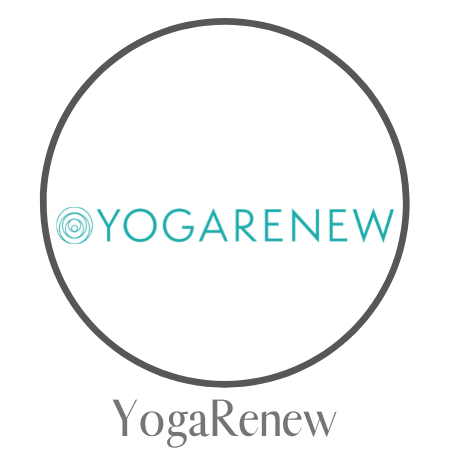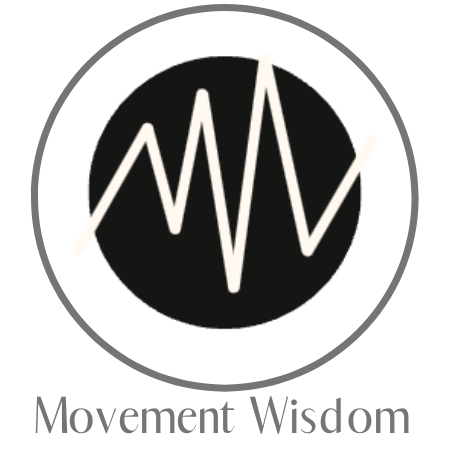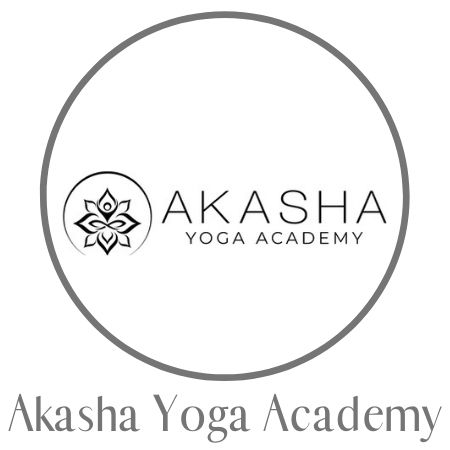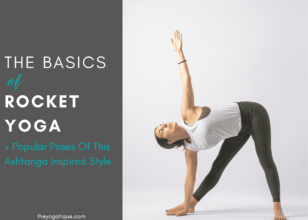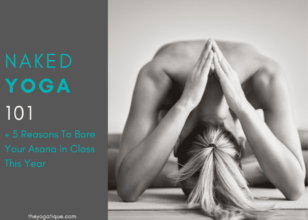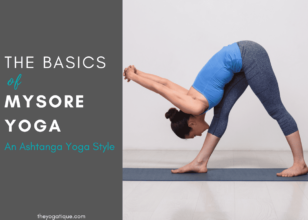When you first start to practice yoga, it doesn't take long to discover that there are MANY different styles of yoga. And you've undoubtedly seen all of these on the studio timetable. But what are the differences between Ashtanga, Vinyasa, and Hatha yoga? That's what you're about to find out!
This article will provide an easy-to-understand breakdown of Ashtanga, Hatha, and Vinyasa and how they compare to each other.
That way, you'll have all the knowledge you need to decide which is the right yoga style for you.
Article content:
(Click any link below to jump directly to section)
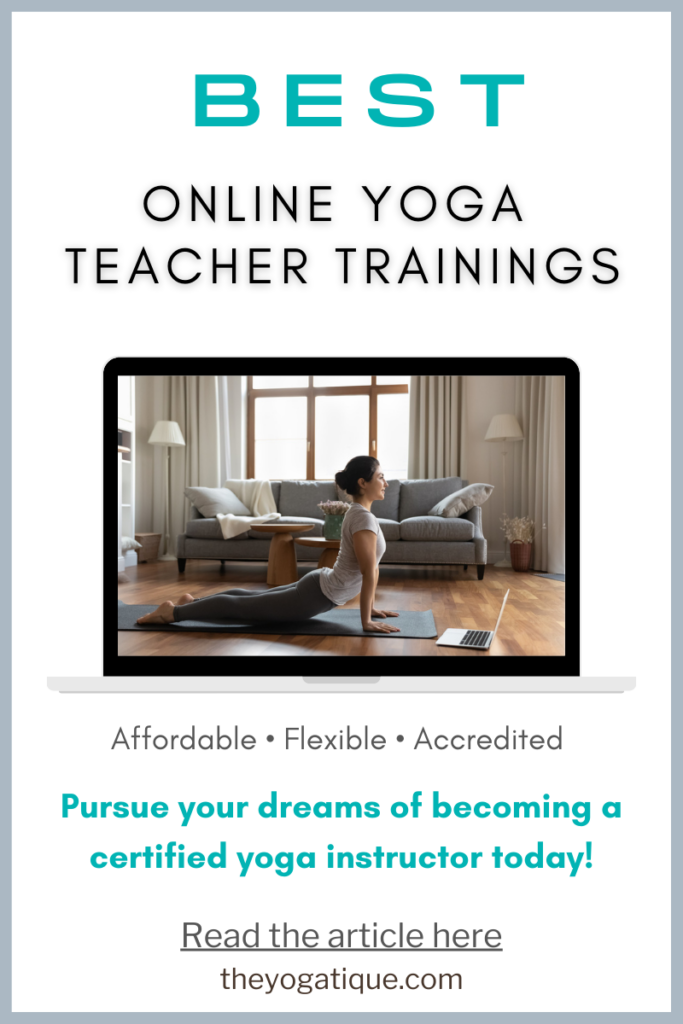
THE YOGA TEACHER TRAINING
YOU'VE BEEN LOOKING FOR.
Online Yoga Teacher Training Offers
- Affordability
- Flexibility
- Certification
- Lifetime access
⬇Click below to discover the best Yoga Alliance registered yoga teacher training online⬇
3 key differences between Ashtanga, Vinyasa, & Hatha yoga
Hatha, Vinyasa, and Ashtanga yoga each have distinct differences in sequencing, pace, and teaching methods. Three key differences between the three styles of yoga are:
1. Sequencing
Ashtanga yoga follows a set sequence. It begins with five repetitions of Surya namaskar A and B (sun salutations) and a set sequence of standing poses. You'll then progress onto one of the six Ashtanga series' combining standing and seated poses.
In contrast, the only familiarity you will see between an Ashtanga class and a Vinyasa class is sun salutations – although even those are often modified. Sure, you'll do the classic postures like Warrior 1 and Warrior 2 in a Vinyasa or Hatha class, but you'll also do some lesser-known, newer poses.
A Hatha yoga class is the most creatively sequenced of the three styles because rather than repeating sequences that lead up to a peak pose like in Vinyasa or doing the same sequence over and over like in Ashtanga, a Hatha yoga class could include a lot more poses and in different orders.
2. Flow/pace
Ashtanga yoga and Vinyasa are dynamic styles, but the key difference is that the latter is more ‘flowy.' This is because Vinyasa poses are linked with transitions to create a seamless, dance-like flow.
Ashtanga yoga is very different as you enter each pose from Tadasana (Mountain Pose). For example, you might step back from Tadasana into Warrior 1, return to Tadasana, then step back into Warrior 2.
So, Vinyasa yoga is more about the transitions between the postures, while Ashtanga focuses on the asana itself.
Hatha, on the other hand, is not a flow-based style of yoga. It's not linking breath to movement. In a Hatha yoga class, you're simply changing from pose to pose.
3. Teaching methods
One of the other things I noticed about these three styles of yoga is the difference in teaching style.
Most Vinyasa yoga teachers (myself included) like to demonstrate the flows while teaching them.
However, an Ashtanga teacher spends much less time on their mat and mainly cues the poses verbally, without demonstrating. The primary role of an Ashtanga yoga teacher is to offer assists to help their students go deeper into the postures.
Hatha yoga instructors are the wildcard here, as some like to demonstrate poses while others are more likely to be leading the class from their mat.
↓Great Yoga Alliance certified yoga teacher trainings you should look into↓
Origins Ashtanga, Vinyasa & Hatha
Ashtanga, Vinyasa, and Hatha yoga are three distinct styles that offer something for every practitioner. From the intense discipline of Ashtanga to the flowing creativity of Vinyasa and the grounding tradition of Hatha, each style has its unique origins and purpose.
Understanding where these practices come from provides insight into their evolution and why they resonate with modern yogis. Read on the explore the roots of these prominent yoga styles, exploring their histories, philosophies, and how they shape the practices we know today.
Ashtanga origin
Ashtanga is often considered the hardest yoga style because of its dynamic and strenuous style. It also had a self-led style called Mysore.
Ashtanga yoga came about through ‘the grandfather of yoga,' Krishnamacharya's teachings. This is who K. Pattabhi Jois learned from before founding the Ashtanga Yoga Research Institute in 1948, establishing this interpretation of yoga.
Vinyasa origin
Vinyasa and power yoga are more modern styles based on Ashtanga yoga. Vinyasa was created to be a more flexible and creative dynamic yoga style. It combines the standing poses into a flow (known as a Vinyasa flow), which makes it feel like a moving meditation.
Hatha origin
Hatha yoga is the oldest, most traditional style, believed to have originated from the legendary Hindu yogi Gorakhnath in the 11th century. Ashtanga yoga is derived from this tradition, from which many online yoga instructor courses draw their teachings.
Takeaway
Ashtanga is a strong, dynamic asana practice where you practice the same set sequence and intend to master that series. Hatha yoga is the oldest, most traditional style of yoga while Vinyasa is a more modern adaptation of that and allows for more creativity than the other two. Which is your favorite?!
FAQ about yoga
Is Ashtanga the hardest yoga?
Ashtanga is considered to be the hardest style of yoga by many yogis because it is rigorous and intense. But a high-level Vinyasa class or a Power yoga class can be just as difficult as an ashtanga class.
What is the most relaxing type of yoga?
Restorative yoga is considered the most relaxing style of yoga because of its non-strenuous nature and use of props to support the body.
Some online yoga studios, online yoga teacher training programs, and brands that we write about may offer us a small commission should you decide to make a purchase or signup after reading our content. Thank you for enabling us to exist!


